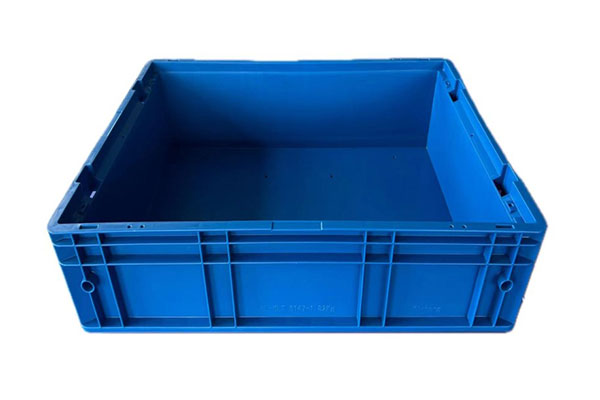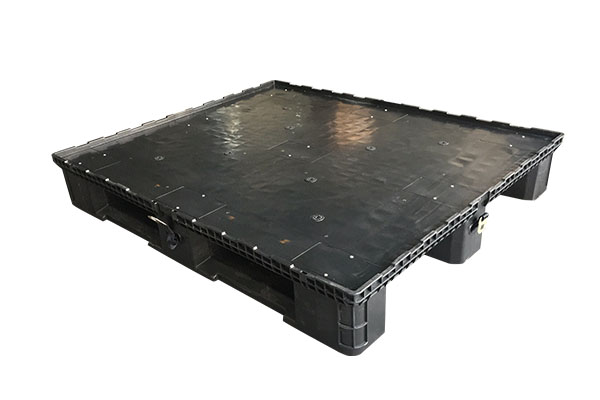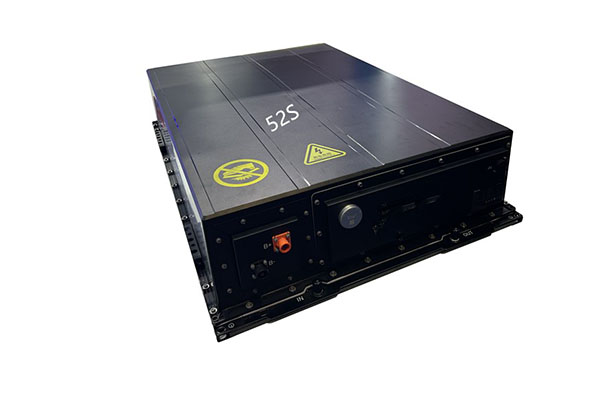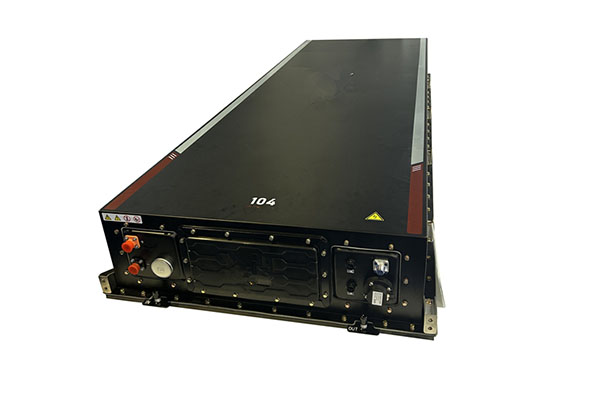How does 3D printing technology enable the complex structural design and rapid iteration of auto parts?
Release Time : 2025-07-28
As the automotive industry moves towards intelligence, lightweight and personalization, auto parts processing is no longer just mechanical manufacturing in the traditional sense, but a comprehensive innovation system that integrates cutting-edge material science, precision engineering, digital technology and rapid response capabilities. The core of modern auto parts processing has long surpassed the level of simply meeting functional requirements, and instead pursues extreme performance optimization, design freedom and agile adaptability to rapid market changes. The service model that supports proofing, sample customization and small-batch 3D printing is the concentrated embodiment of this profound change.
Traditional auto parts processing manufacturing often relies on high-cost mold development and large-scale assembly line production, which is rigid and inefficient when facing new model development, performance testing or niche market needs. Today, advanced processing technology, especially the deep integration of additive manufacturing (3D printing) and high-precision subtractive manufacturing (CNC processing), has completely broken this shackles. Designers' ideas no longer need to be constrained by complex mold structures. Any complex curved surface, internal flow channel or topologically optimized lightweight structure can be accurately presented through 3D printing technology, almost "out of nothing". This not only greatly shortens the cycle from concept to physical object, but also gives engineers unprecedented design freedom, so that parts can achieve extreme weight reduction and optimal aerodynamic layout while meeting mechanical properties such as strength and stiffness.
The popularity of auto parts processing proofing and sample customization services marks a fundamental change in the automotive R&D model. In the early stages of new model development, quickly obtaining high-precision functional samples for assembly verification, wind tunnel testing or durability evaluation is the key to reducing development risks and accelerating iterations. Advanced processing technology ensures that the samples are highly close to the final mass-produced parts in terms of dimensional accuracy, material properties and surface quality, making the test data extremely valuable for reference. The surface treatment with uniform color and no scratches not only meets the stringent requirements of appearance review, but also reflects the stability and control accuracy of the internal processing process - behind this is the support of precise temperature control, stress release process and automated post-processing technology.
Small batch production precisely meets the growing customization and diversification needs of the automotive market. Whether it is exclusive parts for limited edition high-performance models, personalized modified parts for the aftermarket, or special vehicle parts for specific working conditions, small batch flexible production lines can be achieved in an economical and efficient way. This is due to the high integration of digital manufacturing systems. From CAD design to CAM programming, to automatic tool change and online detection of machine tools, the entire process has achieved seamless connection and intelligent optimization. The collaborative processing capabilities of multiple materials and multiple processes enable a single component to integrate areas with different performances, such as the combination of rigid structure and flexible connection, or the coexistence of conductive and insulating parts, opening up a new path for functional integration.
The deeper innovation is that the auto parts processing model is reshaping the form of the supply chain. It breaks the limitations of region and scale, allowing design teams around the world to quickly obtain localized high-quality samples or small batches of products, accelerating the process of global collaborative research and development. At the same time, the on-demand production model significantly reduces inventory pressure and resource waste, and promotes the development of automobile manufacturing in a more sustainable direction.
The future of auto parts processing is a data-driven, highly flexible and deeply intelligent future. Sensors are embedded in processing equipment to monitor cutting force, vibration and temperature in real time to ensure the quality consistency of each product; artificial intelligence algorithms optimize processing paths, predict tool wear and improve efficiency; and digital twin technology can preview the entire manufacturing process in virtual space to discover and solve potential problems in advance. Uniform color and no scratches, these seemingly simple surface requirements are actually the external manifestation of the precise control and stable operation of the entire manufacturing system, and are a silent declaration of technical strength and craftsmanship.
Modern auto parts processing has evolved into a dynamic ecosystem that integrates rapid response, design innovation, precision manufacturing and sustainability. It is not only the cornerstone of the automotive industry, but also the core engine that drives it to continuously break through boundaries and meet the infinite possibilities of future travel.
Traditional auto parts processing manufacturing often relies on high-cost mold development and large-scale assembly line production, which is rigid and inefficient when facing new model development, performance testing or niche market needs. Today, advanced processing technology, especially the deep integration of additive manufacturing (3D printing) and high-precision subtractive manufacturing (CNC processing), has completely broken this shackles. Designers' ideas no longer need to be constrained by complex mold structures. Any complex curved surface, internal flow channel or topologically optimized lightweight structure can be accurately presented through 3D printing technology, almost "out of nothing". This not only greatly shortens the cycle from concept to physical object, but also gives engineers unprecedented design freedom, so that parts can achieve extreme weight reduction and optimal aerodynamic layout while meeting mechanical properties such as strength and stiffness.
The popularity of auto parts processing proofing and sample customization services marks a fundamental change in the automotive R&D model. In the early stages of new model development, quickly obtaining high-precision functional samples for assembly verification, wind tunnel testing or durability evaluation is the key to reducing development risks and accelerating iterations. Advanced processing technology ensures that the samples are highly close to the final mass-produced parts in terms of dimensional accuracy, material properties and surface quality, making the test data extremely valuable for reference. The surface treatment with uniform color and no scratches not only meets the stringent requirements of appearance review, but also reflects the stability and control accuracy of the internal processing process - behind this is the support of precise temperature control, stress release process and automated post-processing technology.
Small batch production precisely meets the growing customization and diversification needs of the automotive market. Whether it is exclusive parts for limited edition high-performance models, personalized modified parts for the aftermarket, or special vehicle parts for specific working conditions, small batch flexible production lines can be achieved in an economical and efficient way. This is due to the high integration of digital manufacturing systems. From CAD design to CAM programming, to automatic tool change and online detection of machine tools, the entire process has achieved seamless connection and intelligent optimization. The collaborative processing capabilities of multiple materials and multiple processes enable a single component to integrate areas with different performances, such as the combination of rigid structure and flexible connection, or the coexistence of conductive and insulating parts, opening up a new path for functional integration.
The deeper innovation is that the auto parts processing model is reshaping the form of the supply chain. It breaks the limitations of region and scale, allowing design teams around the world to quickly obtain localized high-quality samples or small batches of products, accelerating the process of global collaborative research and development. At the same time, the on-demand production model significantly reduces inventory pressure and resource waste, and promotes the development of automobile manufacturing in a more sustainable direction.
The future of auto parts processing is a data-driven, highly flexible and deeply intelligent future. Sensors are embedded in processing equipment to monitor cutting force, vibration and temperature in real time to ensure the quality consistency of each product; artificial intelligence algorithms optimize processing paths, predict tool wear and improve efficiency; and digital twin technology can preview the entire manufacturing process in virtual space to discover and solve potential problems in advance. Uniform color and no scratches, these seemingly simple surface requirements are actually the external manifestation of the precise control and stable operation of the entire manufacturing system, and are a silent declaration of technical strength and craftsmanship.
Modern auto parts processing has evolved into a dynamic ecosystem that integrates rapid response, design innovation, precision manufacturing and sustainability. It is not only the cornerstone of the automotive industry, but also the core engine that drives it to continuously break through boundaries and meet the infinite possibilities of future travel.







